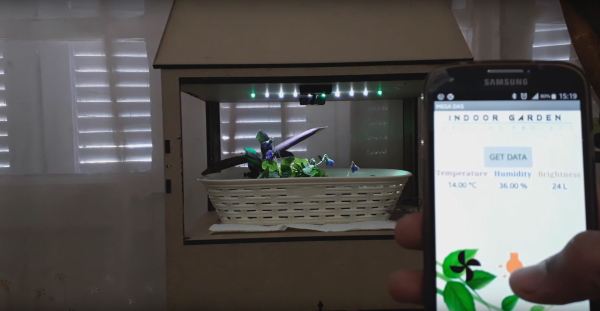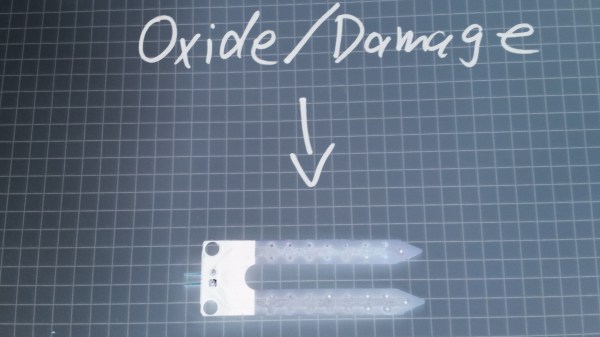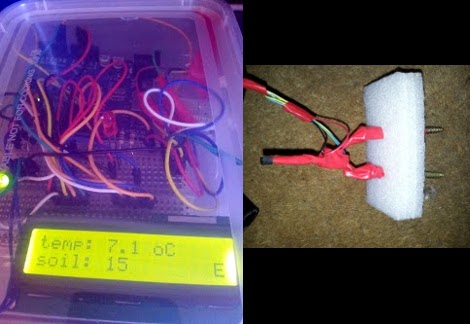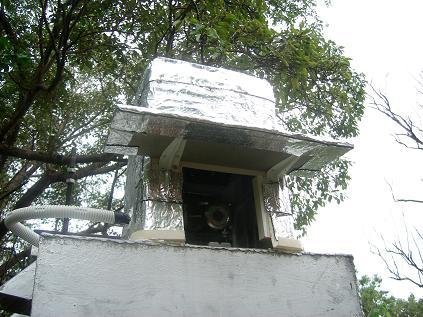From the windtraps and stillsuits of Dune’s Arrakis, to the moisture vaporators of Tatooine, science fiction has invented fantastic ways to collect the water necessary for life on desert worlds. On Earth we generally have an easier go of it, but water supply in arid climates is still an important issue. Addressing this obstacle, a team of researchers from MIT and the University of California at Berkeley have developed a method to tease moisture out of thin air.
A year after the team first published their idea, they have successfully field-tested their method on an Arizona State University rooftop in Tempe, proving the concept and the potential for scaling up the technology. The device takes advantage of metal-organic framework(MOF) materials with high surface area that are able to trap moisture in air with as little as 10% humidity — even at sub-zero dewpoints. Dispensing with the need for power-hungry refrigeration techniques to condense moisture, this technique instead relies on the heat of the sun — although low-grade heat sources are also a possibility.

















